Extraction of inert materials north of the village of Chayek
Coordinates: 41.939892, 74.509026
The extraction of inert materials such as clay, sand, and gravel in the mountains causes serious environmental and social problems. These natural resources are widely used in construction, cement production, brick-making, and other industrial materials; however, their extraction leads to the destruction of mountain landscapes, disruption of ecosystems, and deterioration of environmental quality. In mountains, where ecosystems are particularly fragile and crucial for maintaining biodiversity, the consequences of extracting these materials can be especially catastrophic.
Key Environmental Consequences
Erosion and Landslides: Mountain ranges are complex structures where soils, rocks, and vegetation interact to maintain slope stability. The extraction of inert materials, especially on a large scale, disrupts the natural connections within the landscape. The removal of topsoil, vegetation, and mechanical impact on mountain slopes leads to their destabilization. As a result, the likelihood of erosion, collapses, and landslides increases, which can destroy settlements, roads, and natural features.
Disruption of Hydrological Processes: In the mountains, the extraction of sand and clay can disrupt natural water pathways, including underground sources and surface water flows. This alters the direction of water runoff, which can lead to the drying of some areas, flooding in others, and changes in the water regime of rivers and streams.
Destruction of Vegetation
Loss of Biodiversity: Mountains often host unique and endemic species of plants and animals that are not found elsewhere. These species depend on specific habitat conditions, such as soil stability and access to water. The extraction of inert materials leads to the destruction of vegetation cover, which worsens living conditions for many species. This can cause their extinction or migration, disrupting the natural balance of the ecosystem.
Loss of Forest Areas: Mountain regions often contain forest zones that play an important role in stabilizing soil and maintaining water balance. When clay or sand is extracted, forests are cut down, exacerbating soil erosion and reducing moisture in the atmosphere, worsening the climatic conditions of the region.
Disruption of Ecosystems
Destruction of Habitats: Many species of wild animals live in the mountains, relying on the stability of mountain ecosystems. The extraction of materials destroys their natural habitats, causing stress among animals, reducing their populations, and forcing them to migrate in search of new territories. This disrupts natural food chains and can lead to a decrease in regional biodiversity.
Climate Change in the Area: Forests and vegetation in the mountains play a crucial role in regulating temperature and humidity. The loss of vegetation cover leads to changes in the microclimate, which can cause arid conditions and increase the risk of wildfires.
Social and Economic Consequences
Landslides and Collapses: The destruction of mountain slopes increases the likelihood of landslides and collapses, posing a direct threat to settlements, roads, and other infrastructure. This can lead to loss of life, property destruction, and significant economic losses.
Flooding: Changes in the water regime in the mountains due to material extraction can lead to sudden flooding in low-lying areas. Floods destroy agricultural land, housing, and infrastructure, causing damage to local communities.
Decrease in Tourist Appeal: Mountains are popular destinations for eco-tourism and active tourism. Natural landscapes, clean rivers, and unique ecosystems attract travelers and contribute to the local economy. However, the destruction of landscapes, pollution of rivers, and loss of vegetation due to material extraction reduce the region's tourist appeal, leading to a loss of income for local communities.
Loss of Agricultural Land: Mountain areas often contain farms that depend on stable conditions for growing crops and raising livestock. Soil destruction, water pollution, and climate change due to material extraction worsen conditions for agriculture, leading to reduced yields and economic losses for farmers.
The extraction of inert materials such as clay and sand in the mountains causes significant harm to nature and ecosystems. The destruction of landscapes, loss of vegetation, water pollution, and disruption of ecological balance lead to serious consequences for nature, local communities, and the regional economy. To minimize these consequences, it is essential to implement sustainable and environmentally safe methods of material extraction, as well as to take measures to restore disrupted ecosystems.
The extraction of inert materials such as clay, sand, and gravel in the mountains causes serious environmental and social problems. These natural resources are widely used in construction, cement production, brick-making, and other industrial materials; however, their extraction leads to the destruction of mountain landscapes, disruption of ecosystems, and deterioration of environmental quality. In mountains, where ecosystems are particularly fragile and crucial for maintaining biodiversity, the consequences of extracting these materials can be especially catastrophic.
Key Environmental Consequences
Erosion and Landslides: Mountain ranges are complex structures where soils, rocks, and vegetation interact to maintain slope stability. The extraction of inert materials, especially on a large scale, disrupts the natural connections within the landscape. The removal of topsoil, vegetation, and mechanical impact on mountain slopes leads to their destabilization. As a result, the likelihood of erosion, collapses, and landslides increases, which can destroy settlements, roads, and natural features.
Disruption of Hydrological Processes: In the mountains, the extraction of sand and clay can disrupt natural water pathways, including underground sources and surface water flows. This alters the direction of water runoff, which can lead to the drying of some areas, flooding in others, and changes in the water regime of rivers and streams.
Destruction of Vegetation
Loss of Biodiversity: Mountains often host unique and endemic species of plants and animals that are not found elsewhere. These species depend on specific habitat conditions, such as soil stability and access to water. The extraction of inert materials leads to the destruction of vegetation cover, which worsens living conditions for many species. This can cause their extinction or migration, disrupting the natural balance of the ecosystem.
Loss of Forest Areas: Mountain regions often contain forest zones that play an important role in stabilizing soil and maintaining water balance. When clay or sand is extracted, forests are cut down, exacerbating soil erosion and reducing moisture in the atmosphere, worsening the climatic conditions of the region.
Disruption of Ecosystems
Destruction of Habitats: Many species of wild animals live in the mountains, relying on the stability of mountain ecosystems. The extraction of materials destroys their natural habitats, causing stress among animals, reducing their populations, and forcing them to migrate in search of new territories. This disrupts natural food chains and can lead to a decrease in regional biodiversity.
Climate Change in the Area: Forests and vegetation in the mountains play a crucial role in regulating temperature and humidity. The loss of vegetation cover leads to changes in the microclimate, which can cause arid conditions and increase the risk of wildfires.
Social and Economic Consequences
Landslides and Collapses: The destruction of mountain slopes increases the likelihood of landslides and collapses, posing a direct threat to settlements, roads, and other infrastructure. This can lead to loss of life, property destruction, and significant economic losses.
Flooding: Changes in the water regime in the mountains due to material extraction can lead to sudden flooding in low-lying areas. Floods destroy agricultural land, housing, and infrastructure, causing damage to local communities.
Decrease in Tourist Appeal: Mountains are popular destinations for eco-tourism and active tourism. Natural landscapes, clean rivers, and unique ecosystems attract travelers and contribute to the local economy. However, the destruction of landscapes, pollution of rivers, and loss of vegetation due to material extraction reduce the region's tourist appeal, leading to a loss of income for local communities.
Loss of Agricultural Land: Mountain areas often contain farms that depend on stable conditions for growing crops and raising livestock. Soil destruction, water pollution, and climate change due to material extraction worsen conditions for agriculture, leading to reduced yields and economic losses for farmers.
The extraction of inert materials such as clay and sand in the mountains causes significant harm to nature and ecosystems. The destruction of landscapes, loss of vegetation, water pollution, and disruption of ecological balance lead to serious consequences for nature, local communities, and the regional economy. To minimize these consequences, it is essential to implement sustainable and environmentally safe methods of material extraction, as well as to take measures to restore disrupted ecosystems.
The research was conducted with the support of the Global Greengrants Fund (GGF), one of the leading donor organizations in the world supporting grassroots efforts to protect the planet Earth. #GlobalGreengrantsFund #GreengrantsFund #Greengrants #GGF #GlobalGreengrantsFund

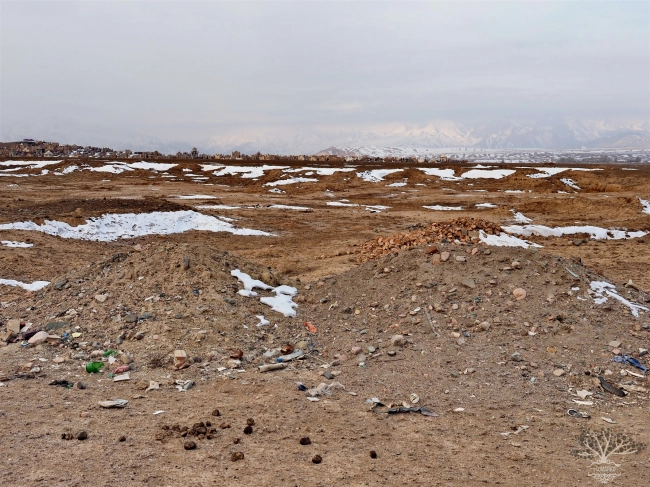
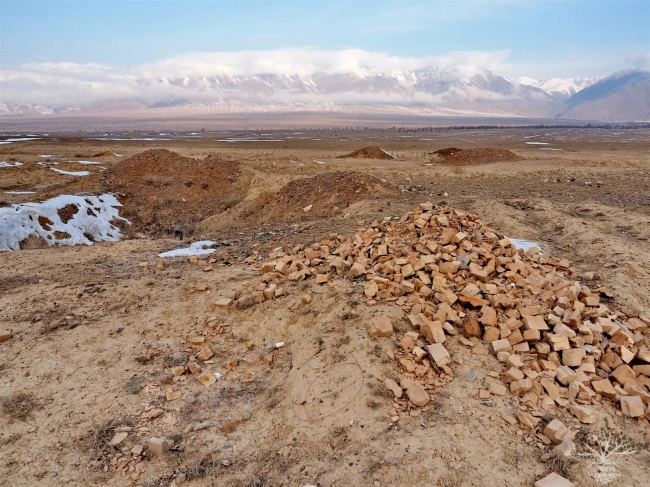
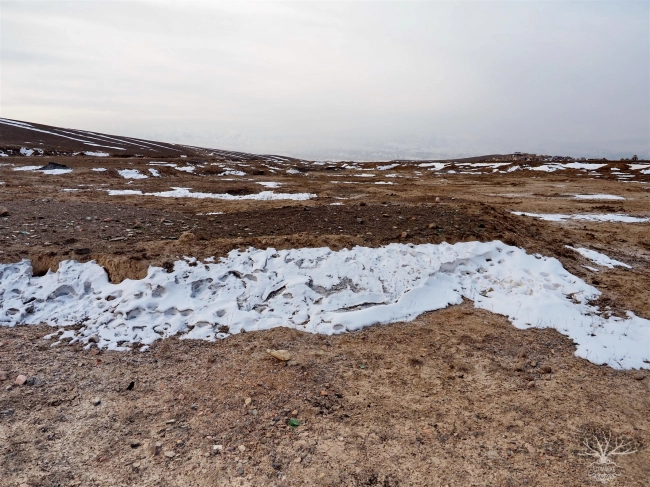
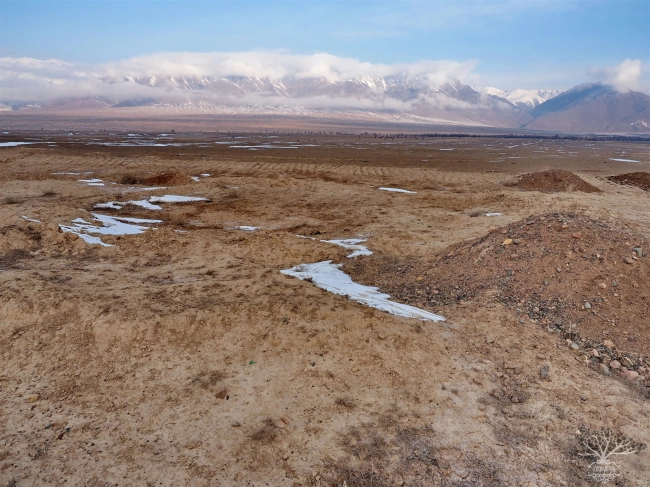

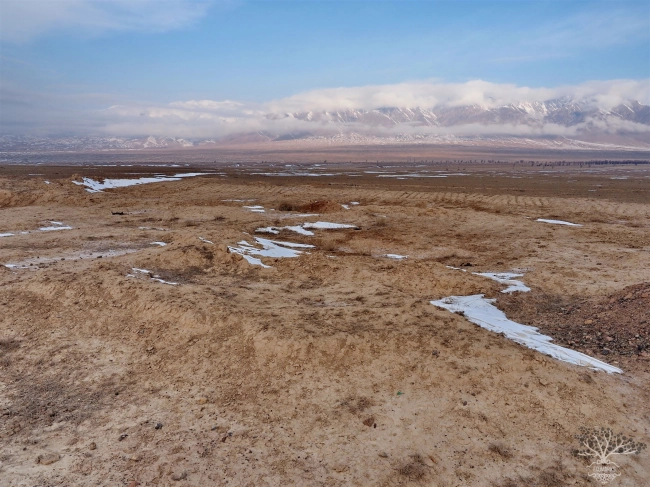
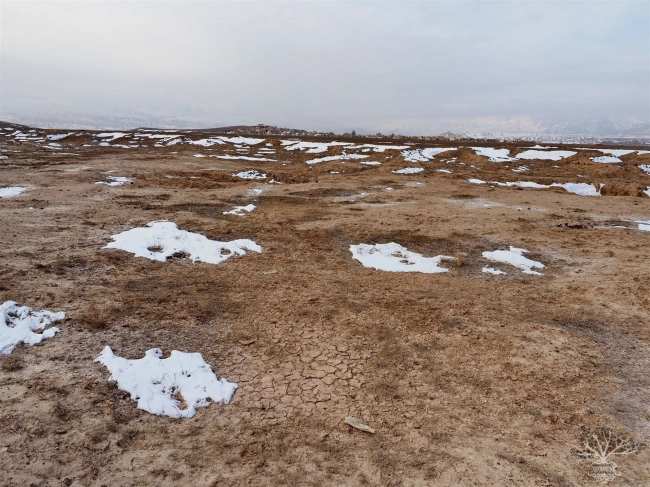
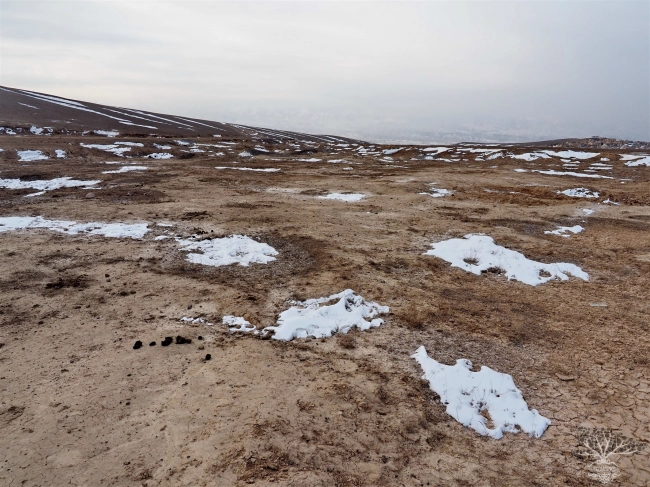

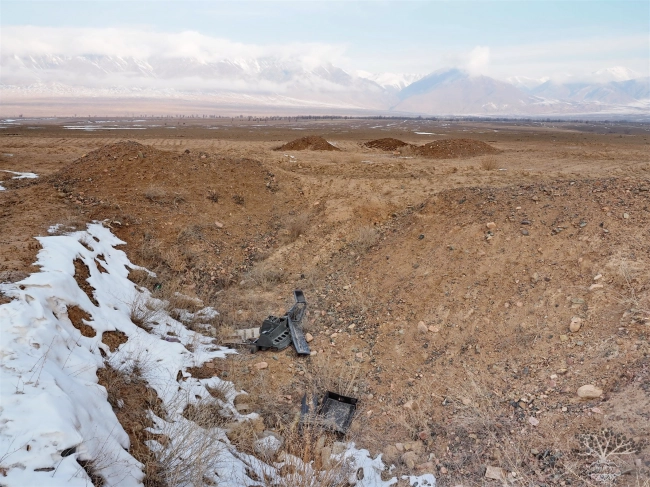
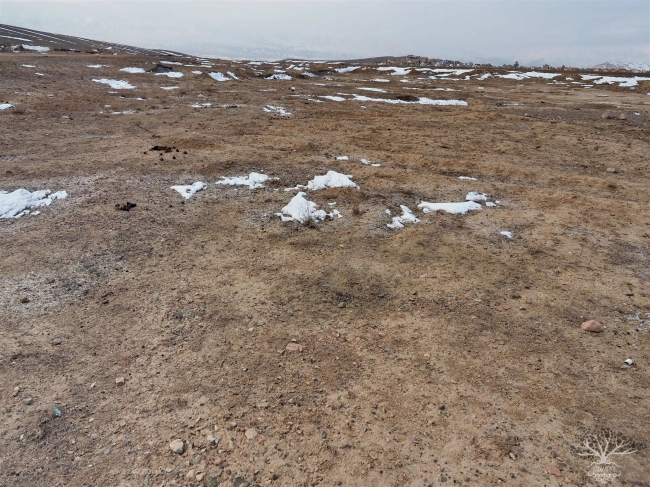


















Attention: Information based on submitted complaints